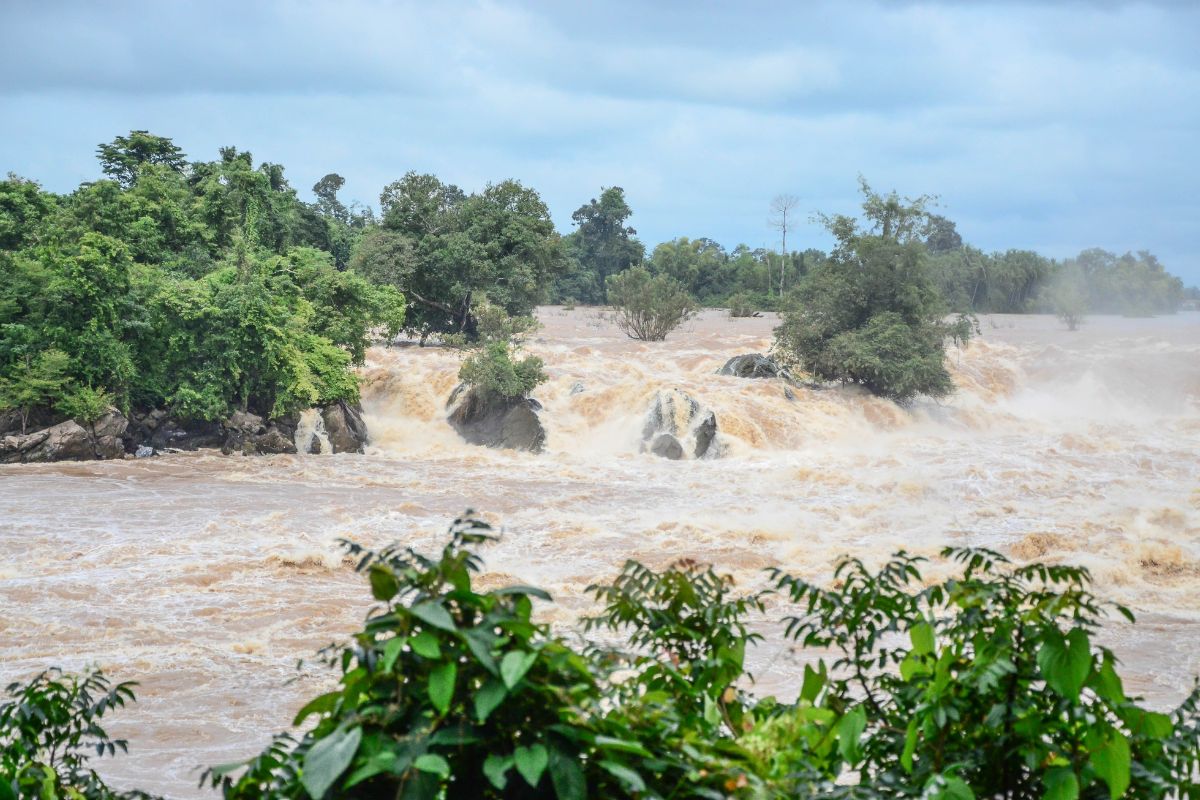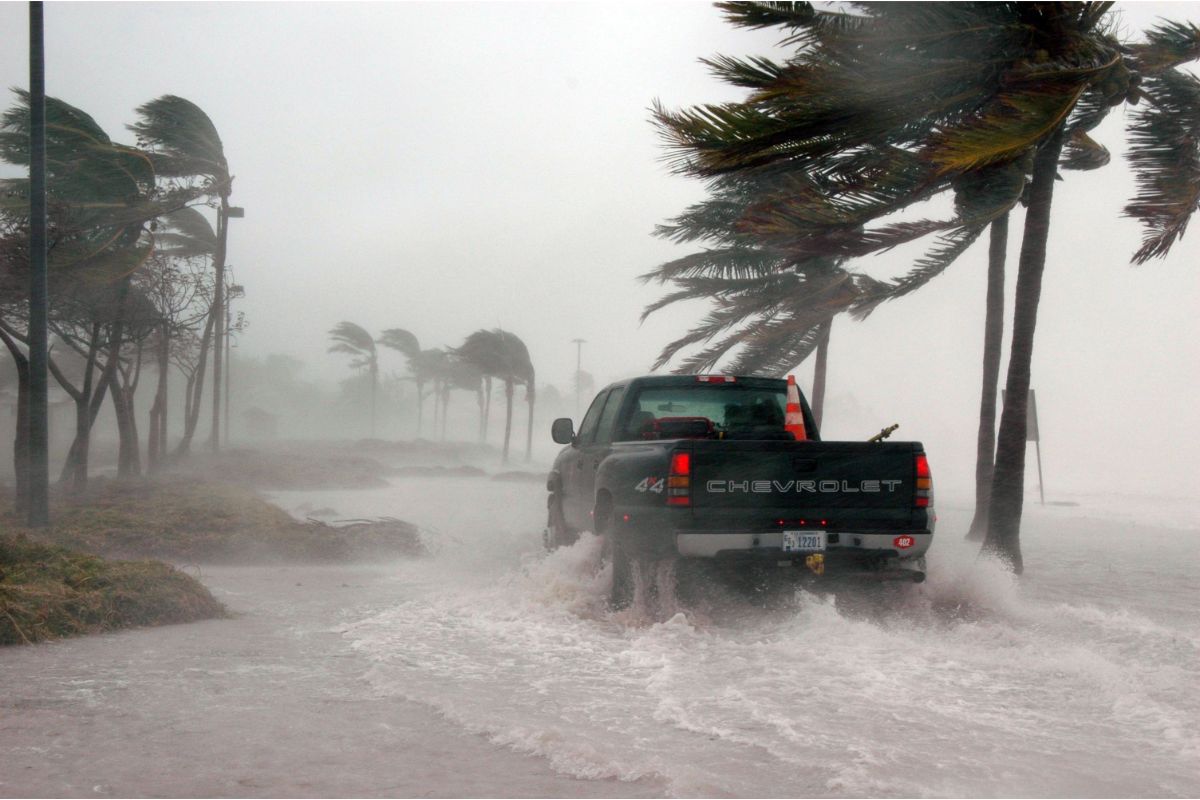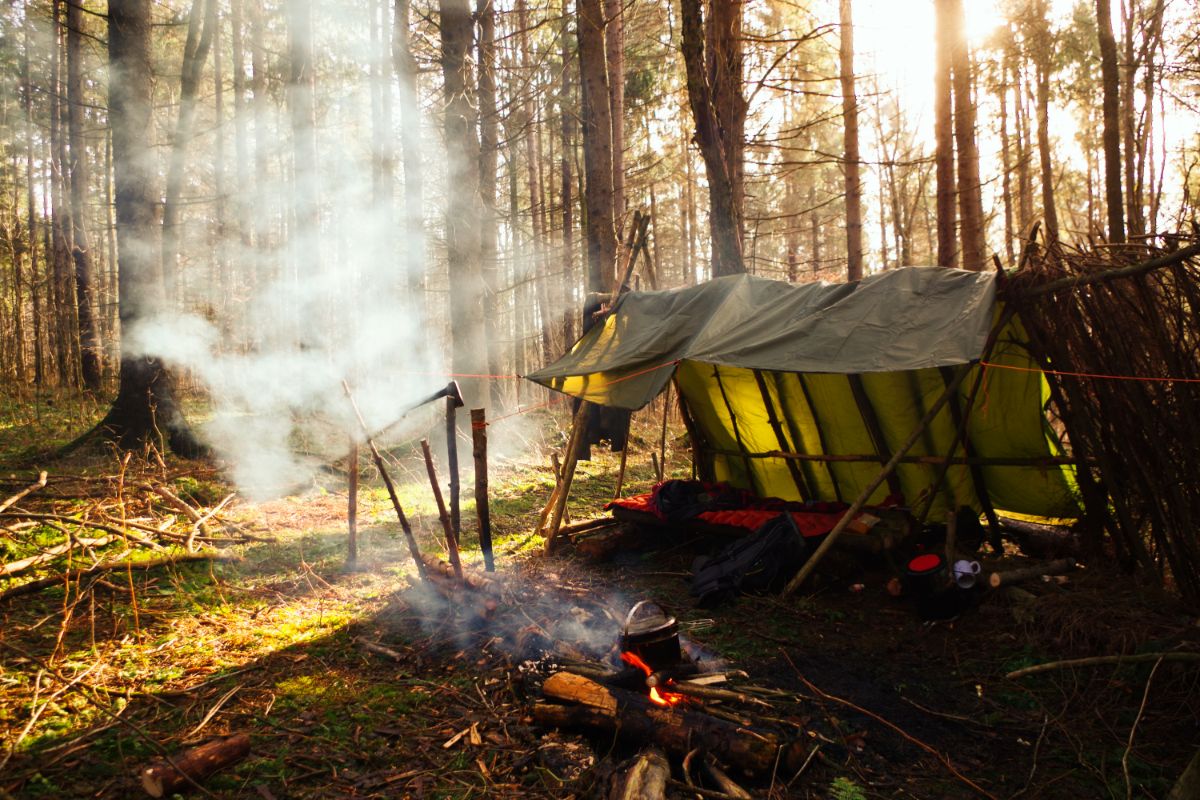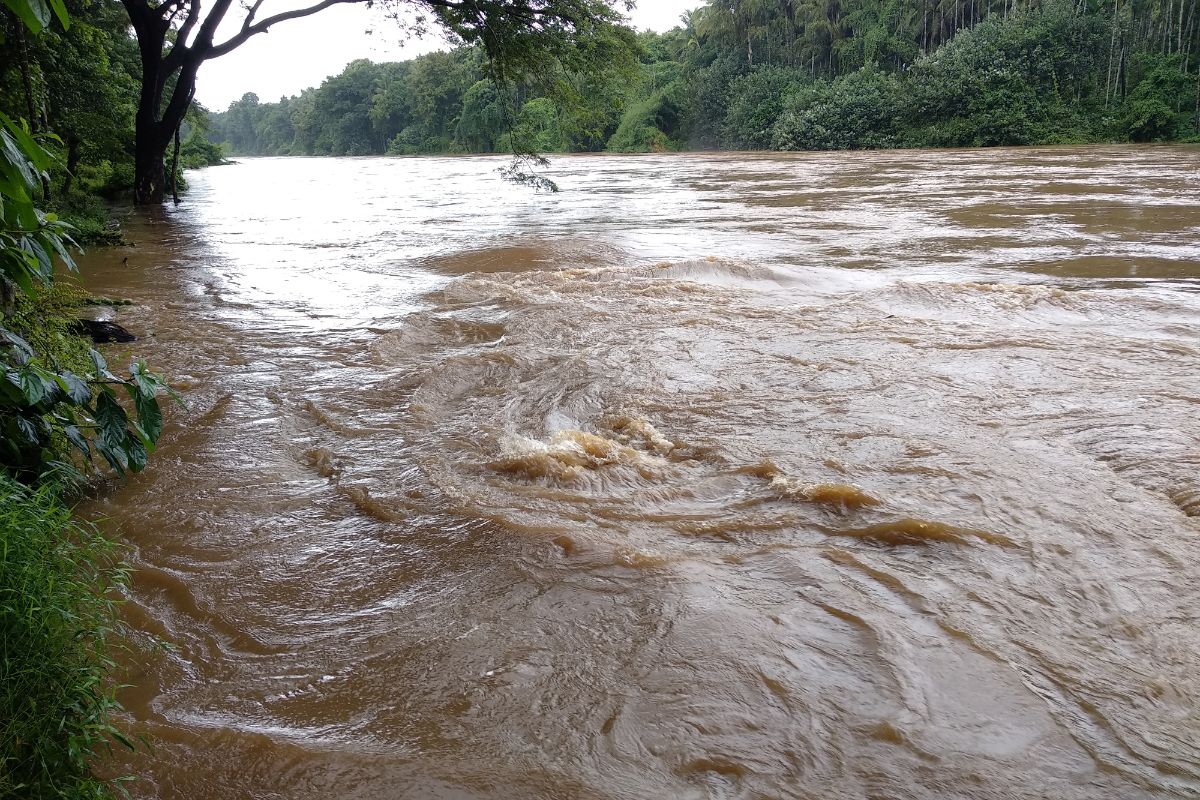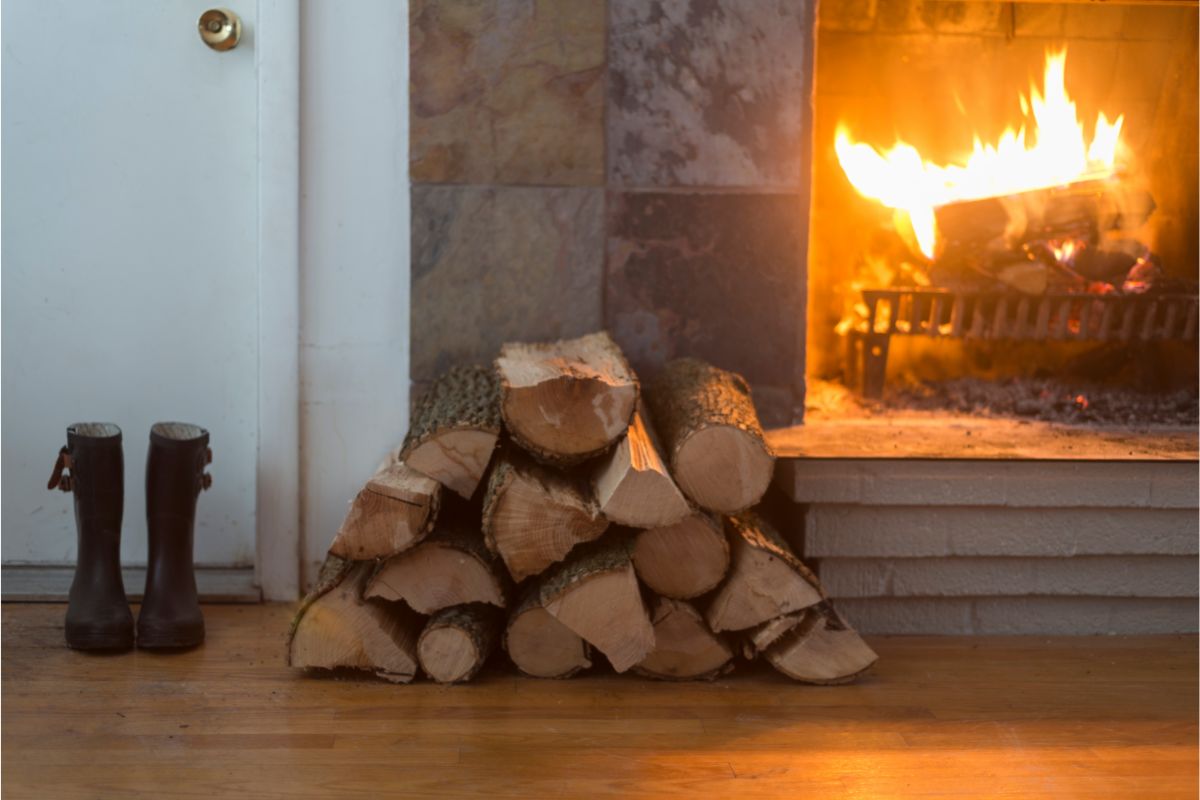Tornadoes are scary. There is no doubt about that. They are some of nature’s most violent and destructive weather, and unfortunately for a lot of people in Texas and the south in general, they are all too common.
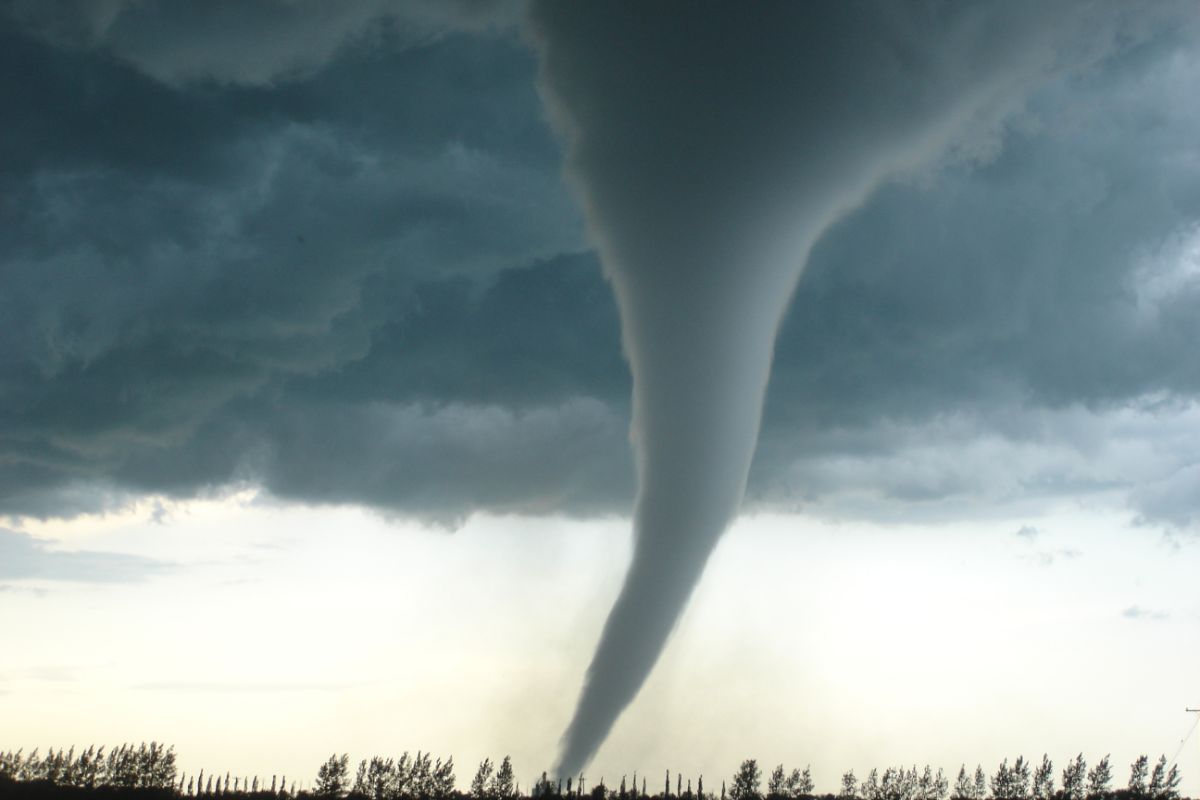
With seemingly more extreme weather events every year, many people in Texas prepare for each one as they come.
However, this can be a little difficult for some of these weather events, as there isn’t as much information on them.
Everyone can take a guess at how to prepare for a flood, or how to store water for a drought, but preparing for a tornado seems like a bit of a fool’s errand.
How could you possibly prepare for one of nature’s most destructive and violent forces? In this article, we seek to look at tornadoes and how exactly you would go about preparing for one.
Tornadoes: What Are They?
A tornado is a column of air that is connected to the ground and the cloud above.
The description given to the wind of a tornado is ‘violent’ most of the time, because the wind speed of the air is going at least 110 mph (180 km/h) and they can travel a few kilometers before dissipating.
This doesn’t sound like much, but the force of this column is enough to lift objects into the air and knock down solid structures.
The mass of the tornado is also about 80 meters across normally as well, meaning they are hard to avoid.
When a huge thunderstorm is formed and becomes large and unstable enough with a horizontal wind shear below them in the atmosphere, a tornado may form.
This is because the instability that creates thunderstorms is when hot, moist air rises into the atmosphere while cold air drops towards the ground. As this occurs, an updraft will form, with the cool air being outside of the hot air.
As the thunderstorm keeps moving, the wind direction and speed changes within the upper atmosphere of the thunderclouds will create a horizontal spinning effect.
The horizontal spinning will be tilted slightly by the rising updraft, and when this occurs at the center of the storm – which is rain-free and thus has lighter, faster air – the air will twist increasingly in violence and intensity, thus becoming a tornado.
Tornadoes can actually form fairly often, they are just weaker than normal. All you need is a little wind shear and an unstable air mass acting upon that wind shear.
Preparing For A Tornado

The first thing you need to do is to make sure you are connected to weather warning systems or channels and that you know what yours are in your area.
Some communities contact people through radio to let them know, others use sirens. Find out what yours are.
The next thing that you need to do is inspect your house. Ideally, your home would have a basement or storm cellar that you can ride out a tornado in.
If it doesn’t, then you are going to have to make sure that your home can withstand the tornado’s onslaught.
In particular, you should check the roof of your home and the walls. If you feel your walls are too flimsy, you will want to bolt them to the foundation of the house.
You can also use hurricane clips to make your roof more secure. You do this by attaching these strong clips between the wall studs and the rafters of your roof with a minimum of three nails.
Once you feel your home is secure, designate a room as your storm shelter.
As we said earlier, this is typically a basement or a cellar, but if you don’t have them, then find an interior room on the lowest level of your home without any windows (a closet, crawl space, bathroom, or wardrobe even) and make it your storm shelter.
Then, make an emergency survival kit and keep it somewhere where you can easily get at it.
This kit should have fresh water, non-perishable food, a battery-powered radio, a first aid kit, clothes, a sleeping bag, cash, and sleeping bags to help you survive the next few days in case it gets really bad.
After all this, find out where you can turn off your utilities and how. Tornadoes – and most natural disasters – can destroy electrics and contaminate water.
By turning off your utilities before the storm hits, you save your electrics from being fried and your water from being contaminated.
Clean your gutters and backyard of anything that can go flying and injure someone.
If you have vegetation on your property, make sure it is trimmed back and that no sticks or logs are lying around.
Then, tie everything in your yard down and make sure that nothing can easily fly away.
That’s it. That’s what needs to be done before a tornado hits.
What Happens If I Am Not At Home?
If you are really badly caught out and are not at home, head for the nearest sturdy building.
Anything that is heavy and can withstand strong winds, don’t find a shed or a mobile home.
If that can’t be done, then you need to keep as low to the ground as possible, find a ditch – preferably a fairly deep one, and lie down. Place your hands over your head and stay still lying down in the ditch until it passes.
If you are in a car, find a ditch. Abandon your car if you need to, but never try to out drive a tornado.
Your car is probably quicker than them in a fair race, but tornados will pull on your car as you drive away, slowly dragging it into the mass that is its body. Therefore, get out, find a ditch and lie down until it passes.
Conclusion
Tornadoes are some of the hardest weather events to prepare for, as they are so destructive and forceful that many buildings will simply buckle under the pressure of them.
However, if you prepare for them, you give yourself and your property a good chance of surviving such an encounter.
- How To Make A Quick And Easy DIY Toilet For Camping - September 19, 2022
- How To Use A Knife For Self Defense - September 19, 2022
- How To Help The Elderly Recover From A Disaster - September 19, 2022




